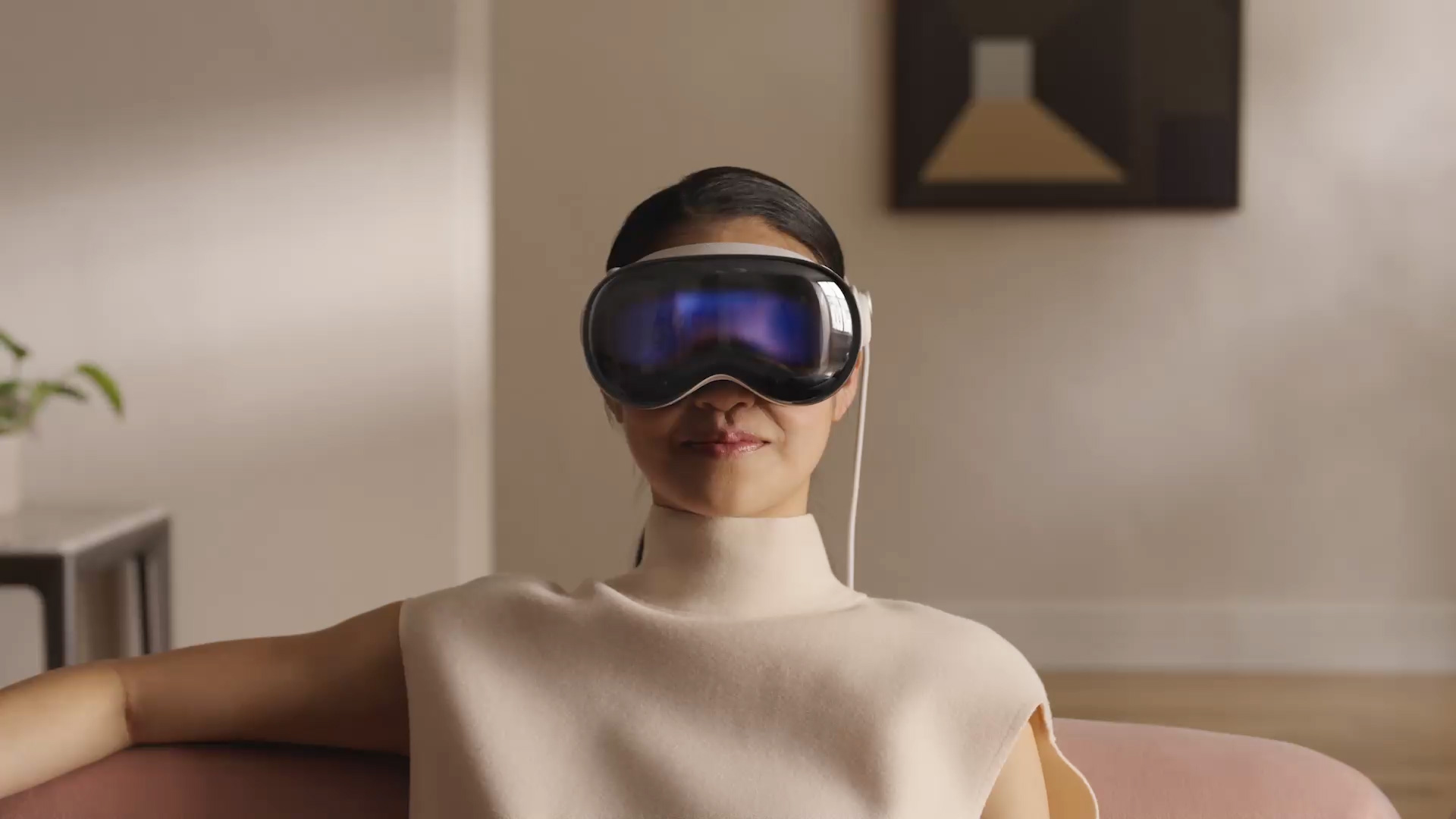Apple’s highly anticipated foray into the mixed reality (MR) space with its Vision Pro headset is facing significant headwinds. According to reliable Apple analyst Ming-Chi Kuo, the tech giant has substantially reduced production targets for 2024, a move that suggests lukewarm reception in the US market. Amidst these reports, questions arise about the future of the tech giant’s MR ambitions and the broader implications for the industry.
Stalled Growth and Shifting Strategies
The initial production goal for Apple’s Vision Pro in 2024 was roughly 800,000 units. However, the company has now slashed those targets to between 400,000 and 450,000 – a near-halving of its original projection. Interestingly, they made this decision even before launching the headset outside the United States, implying that domestic demand has been much lower than anticipated.
This setback has implications beyond just the Vision Pro. Kuo suggests that Apple might entirely cancel a planned 2025 update for the headset. Furthermore, Apple is reportedly reassessing its entire product roadmap for its head-mounted displays (HMDs), raising the possibility of delays or even cancellations of future projects.

Apple’s Challenges and Market Realities
Kuo highlights several challenges that may have contributed to the Vision Pro’s underperformance. He pinpoints the lack of compelling applications, a notably high price point, and concerns over headset comfort – all of which can significantly impact user experience.
Despite the hype surrounding mixed reality, the technology remains somewhat niche compared to virtual reality (VR). While VR still occupies a smaller market, it boasts more established and successful use cases, particularly in gaming, providing greater visibility for the technology’s path forward.
Ripple Effects Across Industries
The Vision Pro’s struggles have ripple effects beyond Apple. Kuo believes this underperformance could potentially stall several emerging technology trends:
- Mixed Reality Momentum: The slower-than-expected uptake of Apple’s headline MR product could dampen broader enthusiasm for mixed reality in general, affecting competitor investments and market growth.
- Pancake Optics: Pancake lenses, seen as a breakthrough solution for sleeker and lighter HMDs, were expected to see a surge in demand. With the Vision Pro’s reduced production, the pancake optics industry may face a slower adoption ramp-up.
- Micro OLED Adoption: Vision Pro was expected to drive the mass-market use of Micro OLED display technology. This setback will likely delay the broader use of Micro OLED in other consumer electronics devices.

The Path Forward: Innovation and Accessibility
Apple’s journey with the Vision Pro highlights the difficulties of establishing new technology categories. For mixed reality to gain wider acceptance, several hurdles need to be addressed:
- Compelling Applications: Developers must create experiences that truly leverage the unique capabilities of MR, going beyond simply adapting existing VR applications.
- Affordability: To escape its niche status, MR headsets need to offer a price point that appeals to a mainstream audience. Apple’s current price of $3500+ is a significant barrier.
- Comfort and User Experience: Prolonged use of an HMD requires it to be lightweight, comfortable, and seamlessly integrated into the user’s daily life. Current models often fall short in this regard.
Apple has a track record of overcoming initial challenges and perfecting new technologies. Still, the Vision Pro’s early troubles raise questions about its mixed reality plans and the overall trajectory of an industry struggling to solidify its place within the mainstream.





